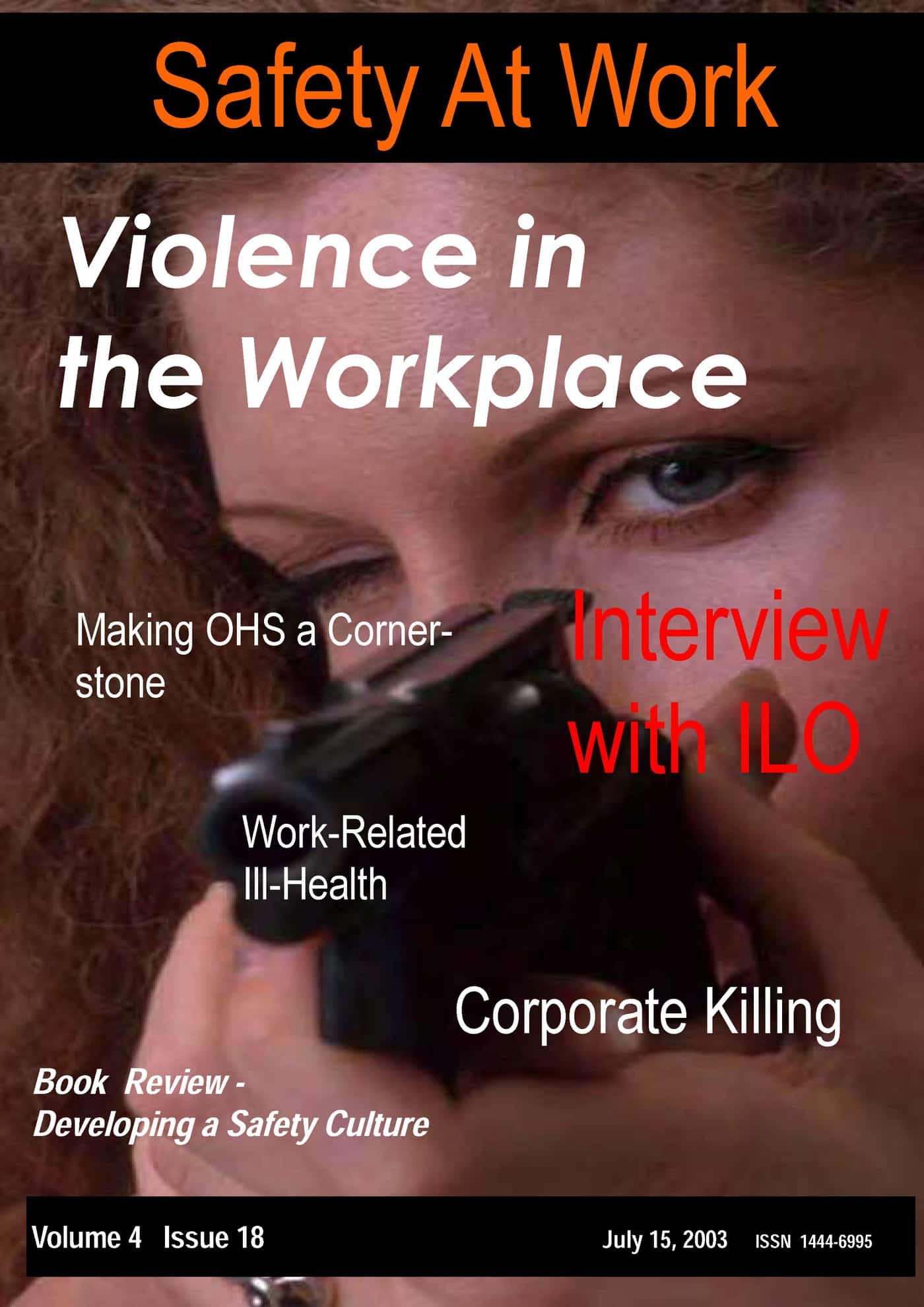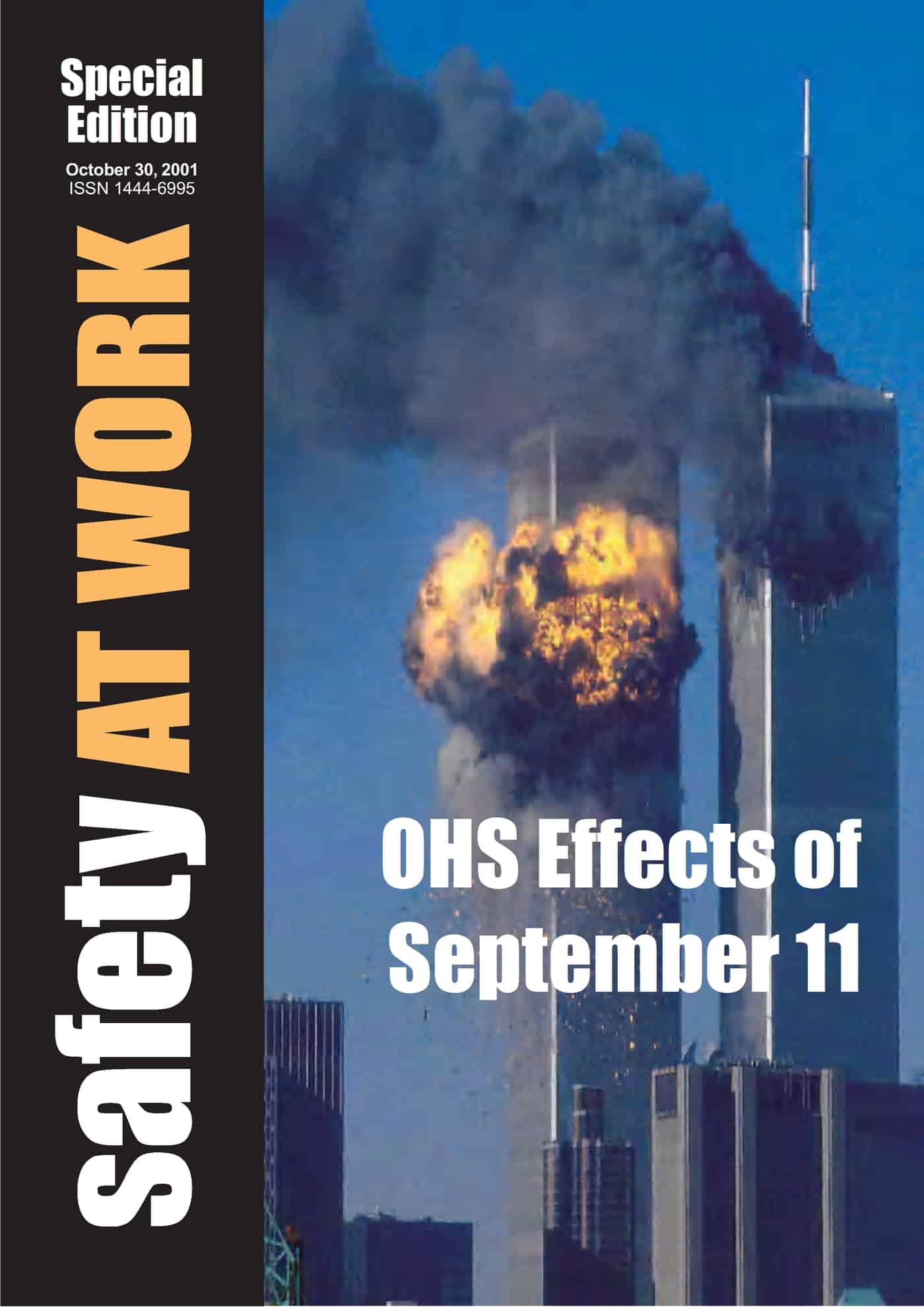SafetyAtWorkBlog supports the use of tasers, or stun guns, as a control measure that eliminates or reduces the chances of a police officer being seriously injured but concerns continue around the world about the application of tasers. In 2008 the New South Wales government came to a decision of sorts on tasers. Following the recent death of a man in Queensland from a taser, the focus has shifted to that States.
In an OHS context tasers could almost be considered a piece of active personal protective equipment (PPE), if there can be such a thing.
Recently Dr Jared Strote of the Division of Emergency Medicine at the University of Washington Medical Center said
“It is fairly clear that the use of TASERs on healthy individuals is rarely dangerous (there are hundreds of thousands of uses in the US without serious outcomes). The question is whether there is a subset of people for whom there is a higher risk.
The problem is that the individuals who have died in custody temporally associated to TASER use are the same types who are at higher risk of death during police restraint no matter what type of force is used.”
Dr Strote also illustrates the cost/benefit issue that OHS professionals must deal with constantly
“The issue is probably less whether or not TASERs can cause death (they probably can but very infrequently); the better question is whether their net benefits (potential to avoid using more lethal weapons (like firearms), potential to decrease risk to officers, etc.) outweigh the potential costs.”
Two studies by Dr Strote – “Injuries Associated With Law Enforcement Use Of Conducted Electrical Weapons” and “Injuries Associated With Law Enforcement Use Of Force,” were presented at a forum in New Orleans in mid-May 2009.
A UK expert, Dr Anthony Bleetman, a consultant in emergency medicine says
“Tasers have been used on human subjects probably about a million times, some in training and a lot in operational deployment. With any use of force there is a risk of death. But when you look at the big picture the death rate after Taser is no higher than with other types of force. But what we do know is that there is a certain type of individual who is at greater risk of death after police intervention – the so-called excited delirium state where somebody, usually a male in their 20s or 30s, often with a psychiatric history, often on illicit drugs or psychotropic drugs, has been in a fight or pursuit, physically exhausted, not feeling pain, dehydrated and hypoxic. And then you add on top of that physical restraint by police. These are the ones that die and they die whether you Taser them or don’t Taser them.”
Bleetman explains the role of tasers in comparison with other active PPP:
“Police officers have a whole spectrum of options to use in force from talking to people to laying their hands on people to using capsicum sprays, batons and dogs. And then there’s a gap until you get to firearms when you shoot people. So between batons, dogs, sprays and guns, Tasers sit quite nicely to use against people who are so agitated and so dangerous to themselves and others that the only way to take them down is something as lethal as a gun or as dangerous as a police dog.”
Many American studies and statistics must be treated with caution as tasers are readily available to the general public and therefore operate unregulated. However in 2005 the American Civil Liberties Union undertook a study of law enforcement agencies. According to an Associated Press report from the time written by Kim Curtis:
“The ACLU surveyed 79 law enforcement agencies in Northern and central California, according to spokesman Mark Schlosberg. Of those, 56 use Tasers and 54 agencies provided the ACLU with copies of their training materials and policies regarding stun gun use. Among the organisation’s major concerns was that only four departments regulate the number of times an officer may shoot someone with a Taser gun.”
This last point has been one of the most contentious points of the recent case in Queensland where a police taser was discharged 28 times.
Taser use is a very complex issue, as are most PPE and OHS issues when dealing with emergency services. It may be possible to take some hope from the deterrent effect of tasers identified by the Delaware State Police in some recent budget papers:
“We have encountered numerous incidents where the mere presence of the Taser on the troopers’ belts has discouraged defendants from resisting arrest.”



